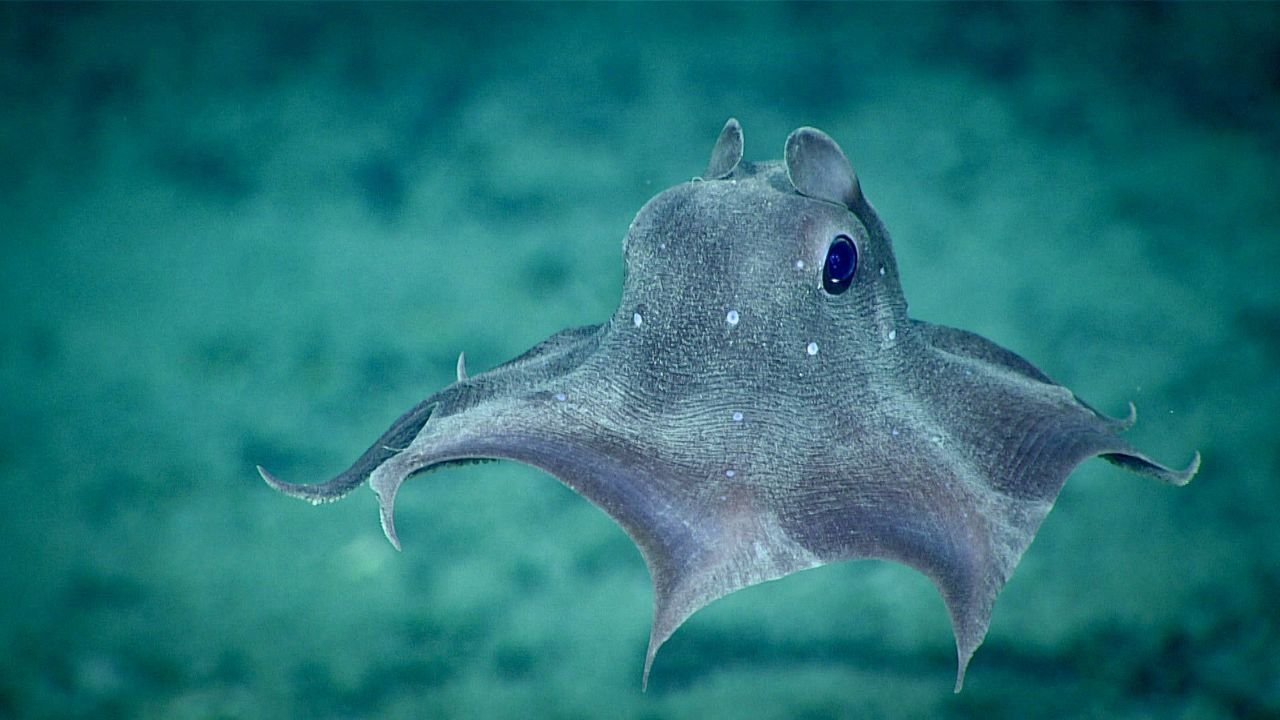A Legacy of the Deep: Tracing the Long-Term Deep Sea Mining Impact

The deep sea mining impact on Earth’s most unexplored ecosystems is coming into stark focus as nations revisit old test sites and fast-track new underwater excavation efforts. The Blake Plateau, off the coast of North Carolina, still bears the scars of the world’s first deep sea mining experiment from 1970—proof that such disruptions have long-lasting consequences. As President Donald Trump moves to accelerate seabed extraction in 2025, scientists and environmentalists warn that we may not yet grasp the full ecological cost.
Blake Plateau and the Deep Sea Mining Impact: The 1970 Seafloor Test That Still Echoes Today
In July 1970, a project by Deepsea Ventures sent a prototype mining vehicle plunging into the ocean’s depths. It vacuumed up more than 60,000 manganese-rich nodules from a silty abyss now known as the Blake Plateau. These nodules, containing valuable metals like nickel and cobalt, were considered critical to industrial development and national security. But this pilot test left more than just data—it etched 43 kilometers of dredge marks into the seabed that remain visible half a century later.
An Ecological Time Capsule: The Deep Sea Mining Impact of the 1970 Test
Biologist Samantha Joye, who has explored the plateau, describes the contrast vividly. Surrounding areas teem with marine life—starfish, sponges, giant mussels—but the test site itself is barren. No regrowth, no curious squid, and no coral—only silence and scars remain. The tracks, still visible in 2025, offer scientists a somber warning of the deep sea mining impact on marine ecosystems, even after decades of inactivity.
Global Interest Resurges: The Deep Sea Mining Impact and Why It Matters Now
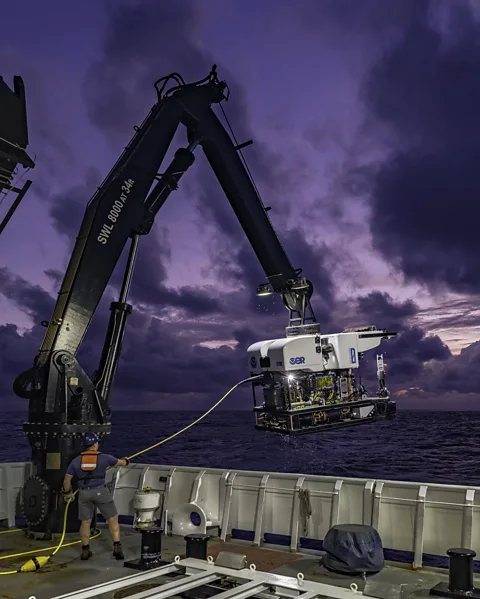
In April 2025, President Trump signed the “Unleashing America’s Offshore Critical Minerals and Resources” executive order, fast-tracking deep-sea mining permits. This comes amid a surge in demand for minerals essential to electric vehicles, batteries, and green energy technologies. Companies like The Metals Company and Impossible Metals argue that technological advances make mining less invasive than ever—but critics urge caution, citing historical and scientific evidence.
From Innovation to Exploitation: The Deep Sea Mining Impact of Commercial Expansion
Modern seabed mining firms claim to be using delicate, selective technologies instead of dredging. Impossible Metals, for example, markets its robotic nodule pickers as non-invasive. However, recent exploration around American Samoa and the Clarion-Clipperton Zone (CCZ) raises concerns about future consequences. Marine scientists note that even these sophisticated methods disturb sensitive environments.
The Clarion-Clipperton Zone: Deep Sea Mining Impact – Treasure Trove or Ecological Minefield?
Spanning between Hawaii and Mexico, the CCZ contains more nickel, cobalt, and manganese than all land-based reserves combined. But it is also home to thousands of previously unknown species. A 2023 survey found more than 5,000 unique organisms, 90% of which are new to science. Disturbing this biodiversity hotbed without proper regulation could cause irreversible damage.
Reefs, Ridges, and Resources: Discovering a Deep Sea Marvel Amid Deep Sea Mining Impact
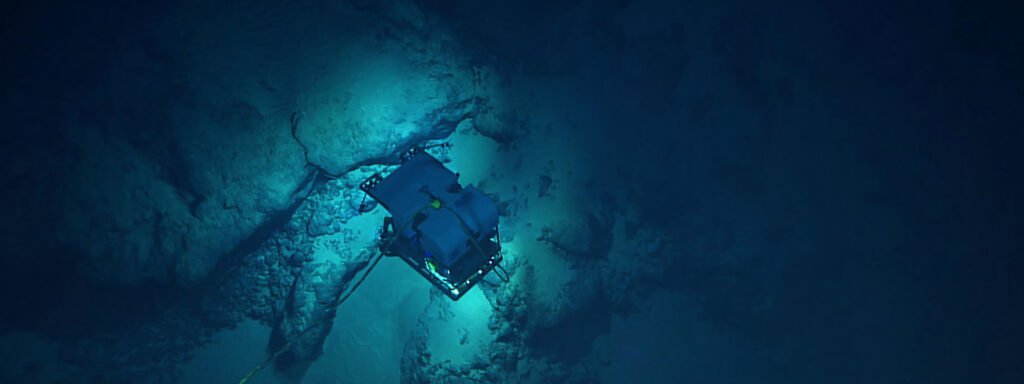
In 2024, researchers mapped the largest deep-sea coral reef system ever discovered—stretching 500 kilometers along the Blake Plateau. This revelation intensified calls for its protection, highlighting the contradiction between mineral exploration and conservation. Preserving such ecosystems may be key to future pharmaceutical breakthroughs, as over 20 medicines have already originated from deep-sea organisms.
Ecosystem Resilience and Recovery: A Timeline Measured in Centuries
Evidence from a 1989 mining simulation in the Pacific suggests that deep-sea ecosystems recover at an excruciatingly slow pace. Microbial populations, critical to ocean nutrient cycles, remained diminished even 26 years after a single test. Filter feeders and other benthic organisms were also drastically reduced. Joye’s team confirmed in 2025 that microbial recolonization in disturbed zones remains incomplete.
Sediment Plumes: The Hidden Threat of Underwater Mining
Mining machines don’t just impact the seabed; they churn up plumes of fine sediment that linger in the water column. These suspended particles can stress out marine organisms, disrupt bioluminescent communication, and even interfere with filter feeding. Jellyfish, shrimp, and fish may ingest these sediments, affecting their health and breeding.
Carbon Sink Disruption: Seabed Mining and Climate Change
One of the lesser-known deep sea mining impacts is on carbon sequestration. Abyssal creatures and microbial life play a key role in locking away atmospheric carbon. Stirring up the seabed may release stored carbon, potentially undermining climate goals. Research indicates that up to 172 tonnes of carbon could be released per square kilometer mined.
Fishing Industry Fallout: Clashing Economic Interests
Many fish species, including yellowfin and bigeye tuna, migrate through potential mining zones. Plumes from mining activity could overlap with key migration routes, posing a risk to fisheries that provide livelihoods for small island nations. Reports suggest that 10% of global tuna catch may come from areas under mining consideration.
Legal Gray Zones: US Policy vs. International Frameworks
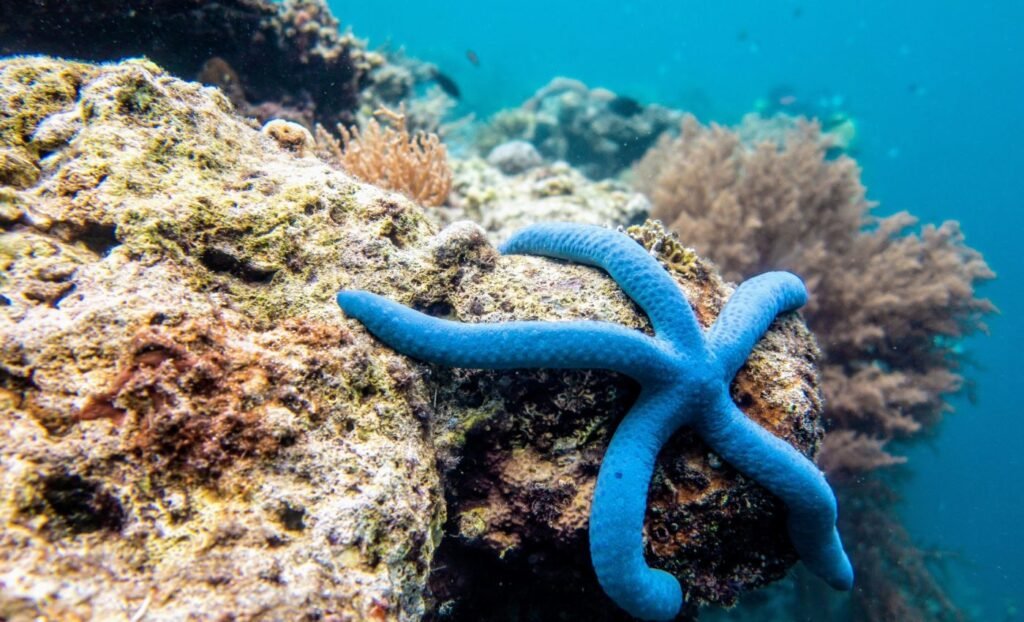
While the US has never ratified the UN Convention on the Law of the Sea (UNCLOS), its participation in international waters raises diplomatic questions. If the US grants mining licenses beyond its exclusive economic zone, it could contradict global marine governance structures, potentially sparking legal and political tensions.
NOAA’s Role: A Balancing Act Between Regulation and Extraction
The National Oceanic and Atmospheric Administration (NOAA) finds itself in a paradox. Tasked with protecting marine resources, it’s now required to expedite mining permits. The agency says it will uphold rigorous environmental standards through impact assessments, interagency consultation, and public transparency—but critics remain skeptical.
Expert Perspectives: Voices from Academia and Industry
At a 2025 congressional hearing, MIT professor Thomas Peacock argued that new data may reduce worst-case assumptions. His studies for The Metals Company show that sediment plumes can be localized. However, he also emphasized the need for large no-mining zones and better environmental modeling tools.
Global Pushback: Calls for a Moratorium on Seabed Mining
Over 900 scientists and policy experts have signed an open letter urging a moratorium on commercial mining until sufficient environmental safeguards are in place. Nations including France, Germany, and Chile have echoed this call, emphasizing the need to “pause and learn” before unlocking the deep sea’s industrial potential.
Blake Plateau’s Future: Preserve or Plunder?
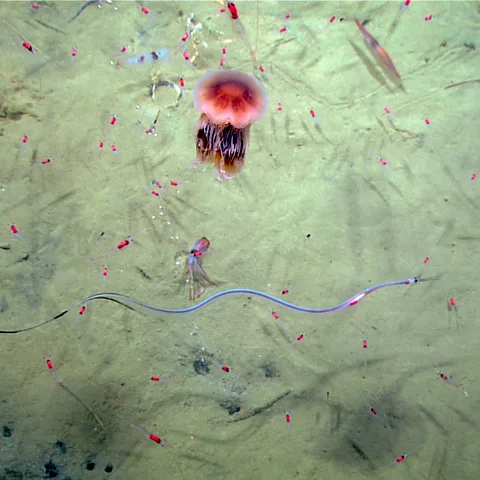
In 2024, marine ecologist Gorka Sancho petitioned President Joe Biden for long-term protection of the Blake Plateau. Though Trump’s 2020 moratorium on Southeast US offshore drilling remains until 2032, political reversals remain possible. The site’s importance—both scientific and symbolic—demands a careful reevaluation.
Scars That Speak to the Future
The scars on the Blake Plateau serve as a permanent reminder of human intrusion into one of Earth’s final frontiers. As we stand at the threshold of large-scale deep sea mining, the lesson from that 1970 experiment is clear: proceed with caution. The deep sea mining impact is not just a scientific issue—it’s a generational choice with planetary implications.
